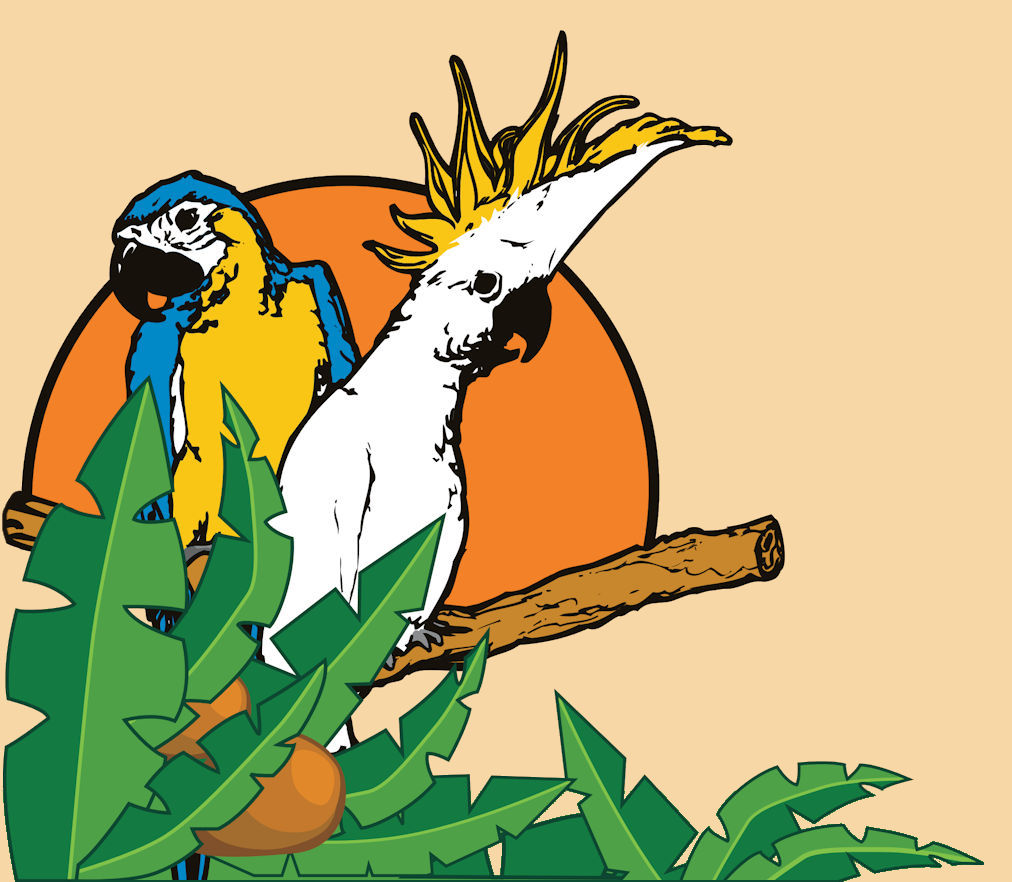Sanded perches are designed to keep your bird’s nails filed down as they walk and climb around on them. Although nails will continue to grow and need clipping, sanded perches may help extend the time between visits. Some are designed with an ergonomic shape to also exercise the foot muscles.
It helps to use an appropriate sized perch so the nails are always in contact with the perch instead of having the toes extended or over-lapping around the bottom.
Remember to have a variety of perch types in the cage (rope, natural wood, etc.) so the sanded texture is not too abrasive on the bottom of the feet. A good location is usually by a food or treat bowl that is used frequently.
Other types of sanded perches include corners, T-shapes, and swings!
